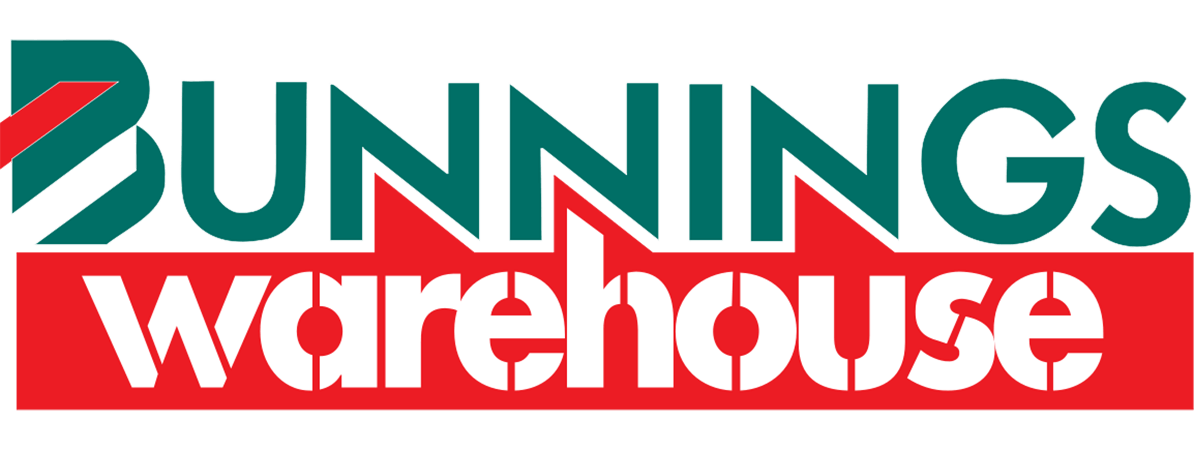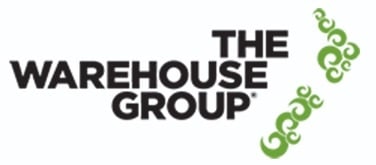
Maximise revenue with effective inventory management
Not too much, not too little – just right. Like Goldilocks, retailers are always looking for the perfect balance. When it comes to stock, this means having the right items on shelves when customers want them, without piles of unsold product ending up in discount bins or backrooms.
How do you find that inventory sweet spot? It’s about understanding the dynamic relationship between prices, sales volumes, discounts and lead times so you can keep up with shifts in customer demand. If you can’t see what’s happening behind the scenes, it can lead to overstocking or understocking, which can negatively affect both revenue and profitability.
Effective revenue management maximises potential sales by ensuring you have inventory on hand to meet demand, minimising the risk of discounts or write-offs as a result of overstocking. It also helps you optimise storage costs and improve cash flow.
Here’s what you need to know:
Causes of overstocking or understocking
There’s no single reason for over or understocking issues – they can be caused by overbuying in fear of stockouts, ineffective demand forecasting, seasonal demand or just poor inventory management.
Here’s a look at some common issues:
Poor inventory management
Sometimes, retailers struggle to align procurement and inventory with customer demand. This can be a result of using outdated inventory management software, having no real-time view of sales or stock availability, and overuse of manual processes for tracking or reordering.
Poor inventory management has obvious downsides, including over and understocking, loss of potential sales and revenue, and flagging customer loyalty.
Fear of stockouts
Fear of stockouts is a common driver for overstocking. Without a clear, accurate picture of current stock and upcoming demand, inventory and sales teams have to rely on guesswork. These fear or assumption-driven decisions don’t necessarily reflect the reasons for demand, which means they can lead to overbuying, discounted stock and write-offs.
For example, you might notice a surge in demand for a particular product and order large volumes to avoid going out of stock. However, if the surge was seasonal or trend-driven, this new stock may languish on shelves.
Ineffective demand forecasting
Demand forecasting uses past data to model future sales, giving you real insights into the products and ranges you need to keep in stock. However, not all demand forecasting is created equal. If your forecasting model isn’t working well, gaps in data are causing issues, or you’re not actually using the insights to drive decision-making, you can still run into stock issues.
Seasonal demand
Seasonal demand isn’t an issue in itself – it’s about whether your business has a good handle on seasonal fluctuations and stock needs at different times of the year. Most businesses know that certain products and categories sell more at specific times, but many don’t have a precise method for predicting sales volumes for those periods. This can lead to overstocking, where you’re left unsold seasonal products, or understocking, in which valuable seasonal sales go to the competition.
Check out our guide to Demand Forecasting.
 How excess stock reduces profitability
How excess stock reduces profitability
Fear of understocking and loss of sales leads many businesses to err on the side of overstocking. It may feel safer to have stock on hand just in case, but this approach can have a significant impact on profitability.
Overstocking increases storage and carrying costs, impacts cash flow, reduces margins if you’re forced to discount, and can leave you with obsolete or outdated stock that can’t be sold. In these cases, you may need to write off unsold stock – which can put a real dent in your profit for the period.
 The sweet spot: Efficient inventory management
The sweet spot: Efficient inventory management
Effective inventory management – often part of a wider revenue management strategy – is about having the right stock at the right time in the right stores. While most businesses will still run into the odd over or understocking issue, a connected, data-driven inventory system should help you stay on track.
This lets you:
Maximise business revenue
When stock levels align with customer demand, you sell more product at the highest possible price. This means fewer discounts and write-offs, and a higher average profit margin on product sold.
Reduce carrying costs
Stock storage, insurance and other carrying costs can add up over time, eating into profitability and cash flow. If you can keep product moving in and out of your stores efficiently, you can minimise the need for long-term storage and associated expenses.
Minimise product discounts and write-offs
Discounts can be a valid sales strategy if they’re managed well. On the other hand, ad hoc discounts based on leftover product and accidental overstocking tend to be less strategic – and less profitable. Effective revenue management helps you sell product promptly, minimising unwanted discounts and write-offs.
Improved customer experience
Revenue management isn’t just about your sales – it’s about the customer experience. Having the right stock on hand, with minimal stockouts, creates satisfied customers and enhances customer loyalty.
Efficient inventory management with Datamine
Revenue and inventory management look different in every business. Do you need to understand demand across seasons or track inventory closely so you can order new product in time? Do you need precise forecasts around product trends and customer demand? Do you want to build your understanding of your competition and market share? Do you need to find out how overstocks or understocks are affecting profits?
Whatever your specific inventory and revenue needs, Datamine can help you find the sweet spot when it comes to stock. With 30 years’ experience in the data analytics business, we know how to draw out tangible insights from your business data, build accurate, usable predictive models, and help you set your business up for stock success – whatever that looks like for you.
What’s next?
Want to re-examine revenue management in your business? Get in touch today.



















































